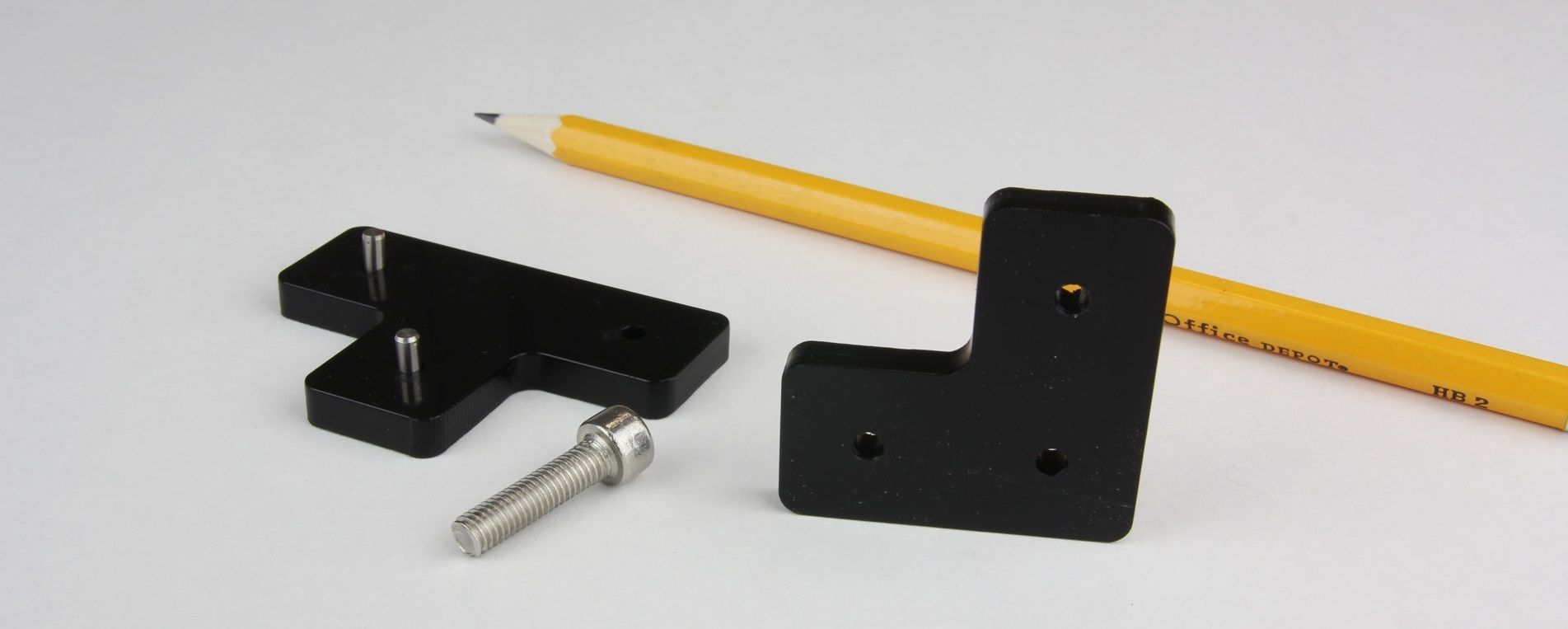Robotic parts






Robotics is a field of engineering that includes the essential components for the design of devices that perform operations automatically and respond to their sensing devices. Robotics includes a number of industries such as mechanical engineering, electronics, software and control, optics and more. A mechanical robot knows how to perform a per-programmed operation, to sense its environment and to respond to the changes that occur in it. Various sensors allow robots to monitor the environment in which they operate, such as proximity sensors, light sensors, sound sensors, temperature sensors and more. Engines fixed in the mechanical frame allow movement of different arms and other moving parts. There are motorized and mobile robots, stationary robotic arms that perform routine operations and those that combine both. At the base of the robot there is an electronic control system that is per-programmed to operate the robot according to the information obtained by the sensors and according to its designated functions.
Laser cutting technology can be used when developing robotic assemblies. Many components in the robot including its outer shell can be laser cut and therefore can be custom made to pursue the robot goals . The common materials for this purpose are mostly lightweight and have high strength to weight ratio so it can provide good protection and mechanical strength to the robot parts.
Here are some of the materials and capabilities of laser cutting technology used in the field of robotics:
Laser technology is available to a large number of people already engaged in designing robotic systems at home using Arduino-based controllers. The convenience of sending cutting files and getting the parts back makes the process efficient and fast. The service is provided to companies engaged in the development of robotics and automation systems, through universities and colleges that study the field, and to individuals that are enjoying robotics as a hobby.
You are welcome to contact us with any questions related this issue and we will be happy to assist you.
For a quote - Press Here!
אנו מאמינים שלכולם ללא יוצא מן הכלל מגיע ליהנות מהביקור באתר שלנו ולכן משתדלים שהאתר יהיה ברור ונגיש ויאפשר גלישה נוחה לנעזרים בטכנולוגיות מסייעות.
האתר תוכנן לעמוד בהנחיות הנגישות של ה-World Wide Web Consortium ברמה AA.
אם נתקלתם בבעיית נגישות כלשהי באתר אנא פנו אלינו במייל [email protected]
ניתן לנווט ולהשתמש באתר באמצעות מקלדת בלבד.
להפעלת אפשרות הניווט באמצעות מקלדת יש ללחוץ על מקש ה-TAB (טאב).
לחיצה על TAB תעביר אתכם לקישור הבא (יודגש בצהוב) ולחיצה על SHIFT + TAB תחזיר אתכם לקישור הקודם.
לחיצה על מקש Enter תפעיל את הקישורים השונים.
בטפסים שבהם ניתן לסמן אפשרויות - בחירת האפשרות מתבצעת באמצעות מקשי החיצים במקלדת (למעלה/למטה).
במצגות המדיה באתר (תמונות/וידאו) ניתן להחליף תמונות באמצעות מקשי החיצים במקלדת (ימין/שמאל).
*תפריט הנגישות מותאם לדפדפנים Explorer 10 ומעלה, Chrome ו-Opera. בדפדפנים firefox ו-Safari במחשבי mac יש להפעיל את אפשרות הניווט באמצעות מקלדת בתפריט הגדרות הדפדפן.
לחיצה על מקש ה-TAB תפעיל את אפשרות הניווט הנגיש באתר. בראש האתר יופיעו האפשרויות:
הצהרת נגישות - פתח את טקסט הצהרת הנגישות של האתר.
דלג לתוכן - התחל את הניווט מאיזור התוכן המרכזי של הדף (מדלג על אפשרויות הניווט באיזור העליון).
דלג לתפריט - התחל ניווט מתפריט האתר הראשי.
דלג לחיפוש - עבור לתיבת החיפוש באתר (במידה וקיימת אפשרות חיפוש באתר).
דלג לעגלה - עבור לאזור עגלת הקניות (במידה וקיימת חנות באתר).
הפעלת ניגודיות גבוהה - שינוי פלטת צבעי האתר כך שתתאים לעיוורי צבעים וללקויי ראייה.
אפשר לשנות את גודל הטקסטים באתר באמצעות שימוש במקשים CTRL + או באמצעות תפריט האפשרויות בדפדפן (zoom).
להגדלת הטקסט באתר: השתמשו במקשים CTRL + .
להקטנת הטקסט באתר: השתמש במקשים CTRL – .
לאיפוס הטקסט באתר לגודלו המקורי: השתמשו במקשים CTRL 0 .
לחיצה על כפתור ״הפעלת ניגודיות גבוהה״ בתפריט אפשרויות הנגישות מבטלת את צבעוניות האתר ואת תמונות הרקע. הטקסטים יופיעו בצבע שחור על רקע לבן.
התכנים באתר כוללים סימון תקני של כותרות, טבלאות, פסקאות, רשימות, קישורים, טפסים וכפתורים.
תמונות באתר כוללות תיאור אלטרנטיבי (ALT) אם הן בעלות משמעות.
הטפסים באתר נגישים לקוראי מסך ומשתמשי מקלדת.
באתר עשויים להופיע אזורי תוכן המוצגים מאתרים אחרים במסגרת iframe. נגישות איזורים אלה תלויה באתר המתארח ואין לנו אפשרות להבטיח את נגישותם. לדוגמא - כפתורי שיתוף ותיבת תגובות של פייסבוק, עמודי סליקה של ספק צד ג׳ או כל תוסף אחר שמשולב בתוכן האתר.
האתר מותאם לצפייה במכשירים ניידים (רספונסיבי).
באתר נעשה שימוש ב-ARIA לצורך התמצאות ושימוש באתר באמצעות תוכנות קורא מסך.